The discovery of low-level ripples throughout the universe called the gravitational wave background has set physicists looking for exotic explanations.
By Alex Wilkins
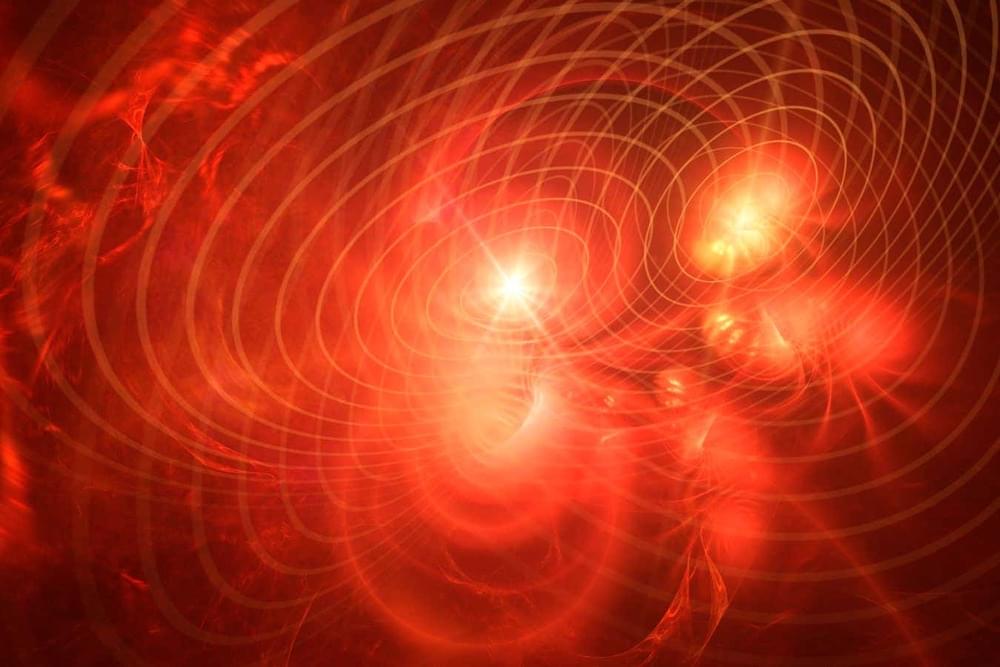
The discovery of low-level ripples throughout the universe called the gravitational wave background has set physicists looking for exotic explanations.
By Alex Wilkins

When you imagine a galaxy like our Milky Way, you’re probably picturing a swirl shape with arms reaching out from a central point. These spiral arms are a classic feature of many galaxies. Similar structures can be found around young stars which are surrounded by disks of matter from which planets form, called protoplanetary disks. Now, astronomers have discovered evidence that these structures could be created by recently formed exoplanets.
Astronomers used Large Binocular Telescope in Arizona to investigate a giant exoplanet named MWC 758c which seems to be forming the spiral arms around its host star. Located 500 light-years away, the star is just a few million years old, making it a baby in cosmic terms. “Our study puts forward a solid piece of evidence that these spiral arms are caused by giant planets,” said lead researcher Kevin Wagner of the University of Arizona in a statement. “And with the new James Webb Space Telescope, we will be able to further test and support this idea by searching for more planets like MWC 758c.”
The star still has its protoplanetary disk of dust and gas around it, making it comparable to the early stages of our own solar system. “I think of this system as an analogy for how our own solar system would have appeared less than 1% into its lifetime,” Wagner said. “Jupiter, being a giant planet, also likely interacted with and gravitationally sculpted our own disk billions of years ago, which eventually led to the formation of Earth.”
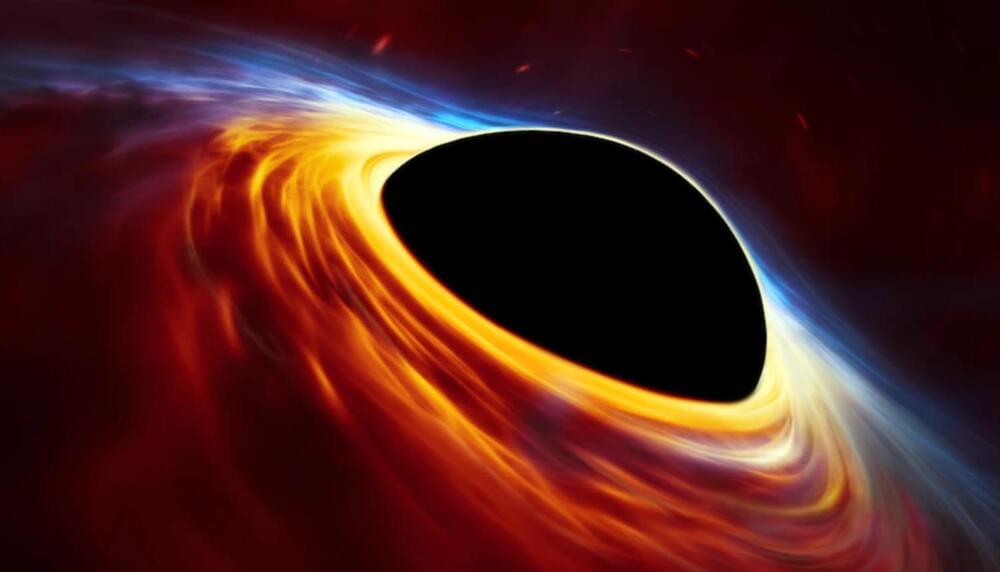
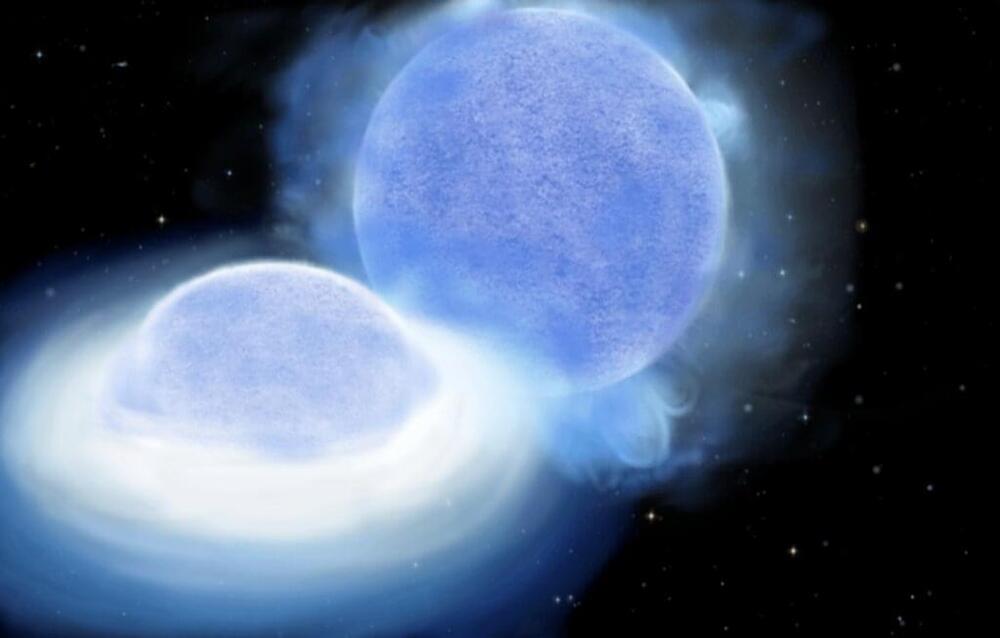
Dr. Varsha Ramachandran from the Center for Astronomy of Heidelberg University (ZAH) and her colleagues uncovered the first “stripped” star of intermediate-mass. This discovery marks a missing link in our picture of stellar evolution toward systems with merging neutron stars, which are crucial to our understanding of the origin of heavy elements, such as silver and gold. Dr. Ramachandran is a postdoc in the research group of Dr. Andreas Sander, located at ZAH’s Astronomisches Rechen-Institut (ARI). These results were now published in Astronomy & Astrophysics.
The team of researchers discovered the first representative of the long-predicted, but as yet unconfirmed population of intermediate-mass stripped stars. “Stripped stars” are stars that have lost most of their outer layers, revealing their hot and dense helium-rich core, which results from the nuclear fusion of hydrogen to helium. Most of these stripped stars are formed in binary star systems in which one star’s strong gravitational pull peels off and accretes matter from its companion.
For a long time, astrophysicists have known of low-mass stripped stars, known as subdwarfs, as well as their massive cousins, known as Wolf-Rayet stars. But until now, they have never been able to find any of the so-called “intermediate-mass stripped stars,” raising questions whether our basic theoretical picture needs a major revision.
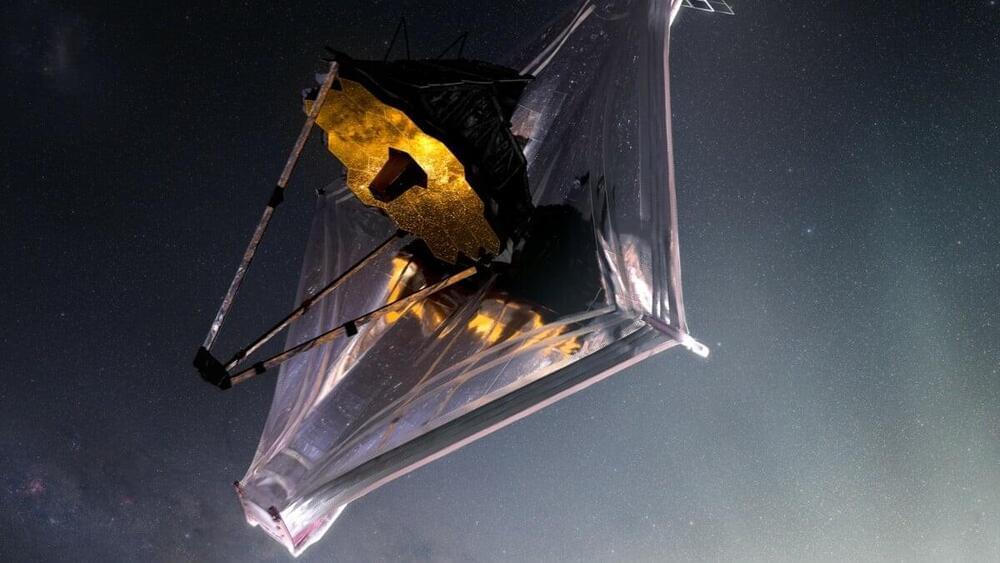
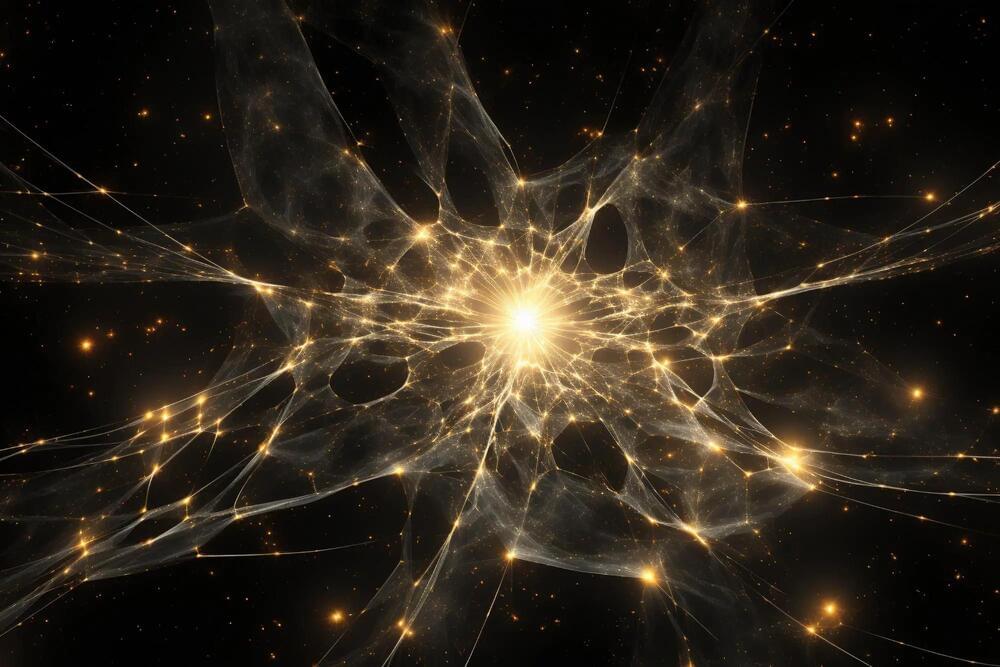
Woven across our universe is a weblike structure of galaxies called the cosmic web. Galaxies are strung along filaments in this vast web, which also contains enormous voids. Now, astronomers using Webb have discovered an early strand of this structure, a long, narrow filament of 10 galaxies that existed just 830 million years after the big bang. The 3 million light-year.
A light year is the distance that a particle of light (photon) will travel in a year—about 10 trillion kilometers (6 trillion miles). It is a useful unit for measuring distances between stars.
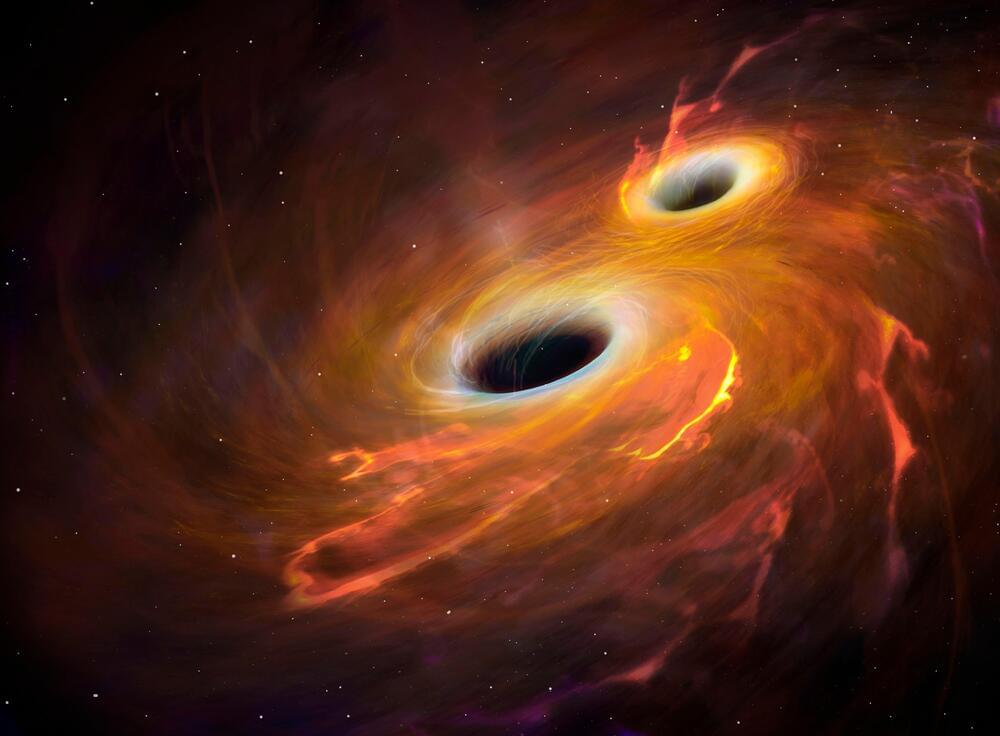
The announcement last week of the discovery of the gravitational wave background has rocked astronomy, but work has already begun on how this new window to the universe can be used to tease apart how the universe works.
At this week’s National Astronomy Meeting 2023 at Cardiff University in Wales, UK, an international team of cosmologists revealed that observations of gravitational waves from merging black holes may reveal the true nature of “dark matter.”
Observations of gravitational waves from merging black holes—and their absence—may unveil the true nature of dark matter, according to new research.

An object lurking in the foggy dawn of the Universe has given astronomers a big surprise.
Observations collected through the James Webb Space Telescope have revealed an active supermassive black hole 9 million times the mass of the Sun – one that is actively growing as it slurps up matter from the space around it.
At around just 570 million years after the Big Bang, this is the earliest growing supermassive black hole detected yet, although scientists are hoping it won’t remain the record-holder for long.
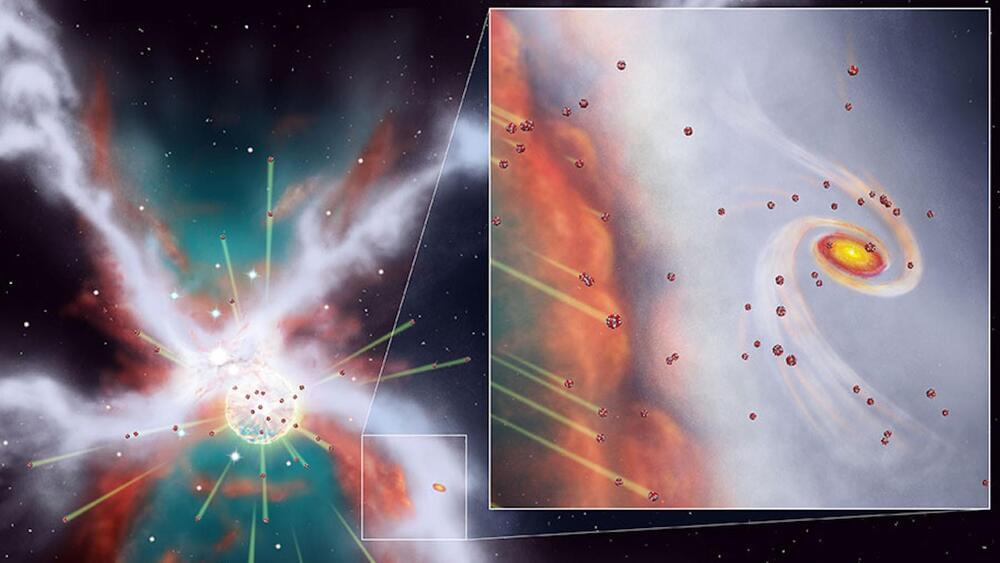
A new paper suggests the early solar system was shielded from the destructive force of a dying star.
Our sun may have been shielded from a massive supernova explosion by a shield of molecular gas during the early evolution of our solar system, a press statement reveals.
The researchers, led by National Astronomical Observatory of Japan astrophysicist Doris Arzoumanian, believe their findings could shed light on the early formation of the solar system at the same time as helping us better understand how distant star systems evolve over time.